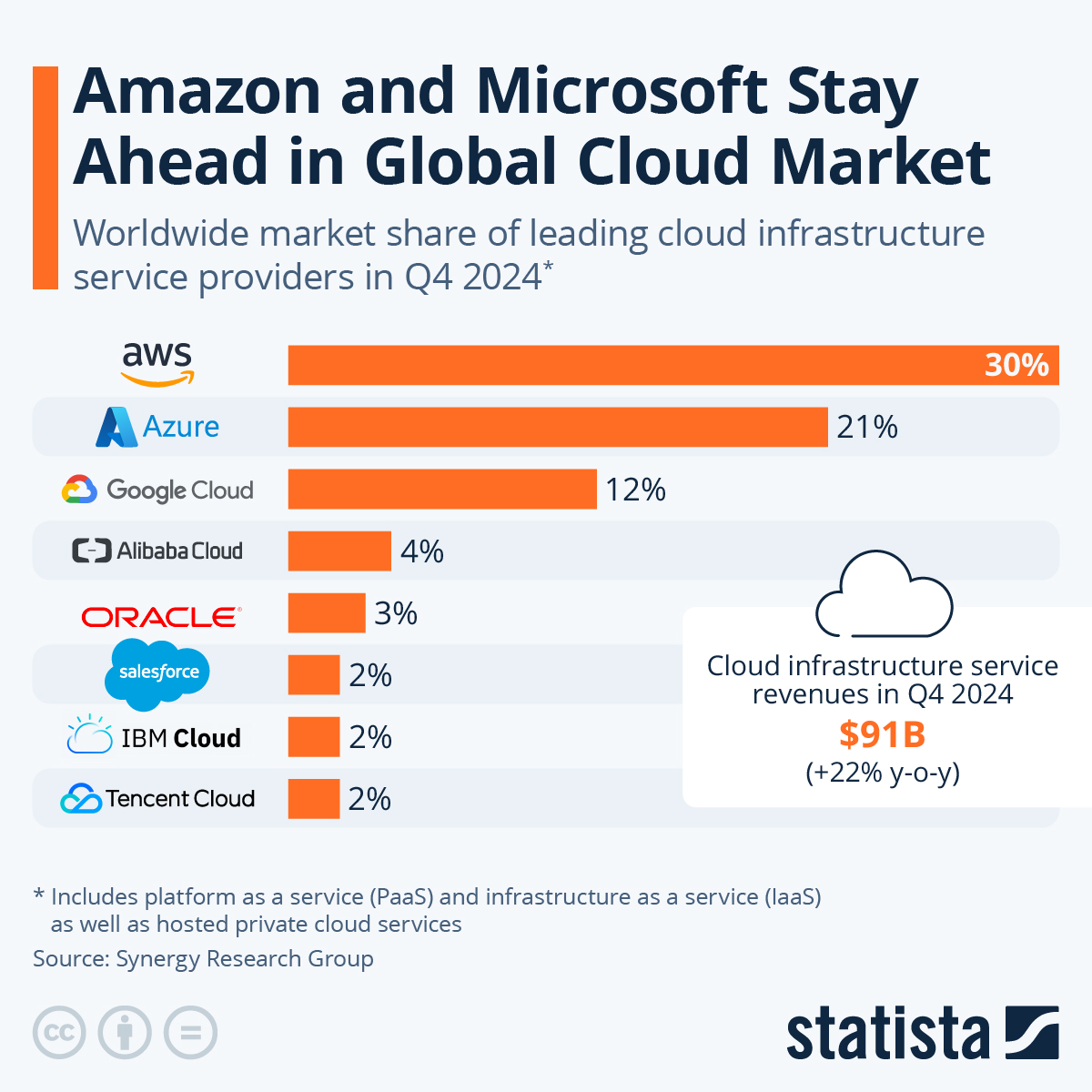Case Study: Amazon in 2023 By Sunil Gupta and Margaret L. Rodriguez
Cheryl Lawson
I like to bring in the Harvard Business Publishing case “Amazon in 2023” by Sunil Gupta and Margaret Rodriguez to give students a solid, real-world example.
Abstract: Amazon kicked off its journey in July 1995, selling books online. Fast forward to 2020, and it’s a digital behemoth raking in over $280 billion in yearly sales. A significant chunk of its growth comes from branching out into various businesses that some might consider unrelated. So, is Amazon spreading itself too thin, or is it strategically positioning itself for future success?
Now, your students might not have access to the actual case, but let me break down some core concepts from the authors, so everyone can grasp the essentials without the case. Plus, this’ll help anyone teaching with the textbook to integrate the case more effectively.
In today’s market landscape, broad differentiation – being cheaper or better – is no longer enough to succeed. The digital era requires businesses to connect consumers and products through network effects and complementary offerings. This “winner-take-all” strategy creates connections between different industries, as seen with Amazon Studios videos offered for free with Prime memberships, leading to increased spending on their e-commerce platform.
Sunil Gupta, a professor at Harvard Business School, has spent over 12 years researching how technologies are changing consumer behavior and business strategies. His case study “Amazon in 2023” examines Amazon’s expansion into seemingly unrelated businesses and raises questions about whether this lack of focus is detrimental or if it’s positioning the company for future success.
Gupta emphasizes that differentiation alone is not enough in the digital era. Instead, businesses need to connect consumers and products through network effects and complementary offerings. This approach allows companies to be a “razor” in one industry and a “blade” in another, such as Amazon offering free videos through Prime to increase spending on their e-commerce platform.
When teaching this case, Gupta encourages pushing students to think more deeply about Amazon’s various ventures and question who the company is competing with. This case study can be easily taught online and appeals to a wide range of student groups. The key is to enjoy the case, stay updated on the latest developments, and engage in meaningful discussions about Amazon’s evolving strategies.
In this 2010 interview with Charlie Rose, Jeff Bezos, the founder and former CEO of Amazon, shares his insights on Amazon’s competitive advantage, how they approach competition. Bezos explains that Amazon’s approach to maintaining a competitive edge consists of three key factors: a wide selection, low prices, and fast, convenient, reliable delivery. He also emphasizes the importance of being customer-obsessed, focusing on the customer more than on competitors. Bezos highlights that Amazon’s online business model allows for cost structure advantages and that their purchasing power is now comparable to that of Walmart. Additionally, Bezos it’s almost scary how much foresight Bezos had regarding Amazon Web Services
You will find more infographics at Statista
Questions for discussion or quiz
- What business is Amazon in? Are they spreading themselves too thin or are they well-positioned for the future?
- Who are Amazon’s competitors? And what is Amazon’s competitive advantage?
- What should traditional retailers like Best Buy do to compete with Amazon?


